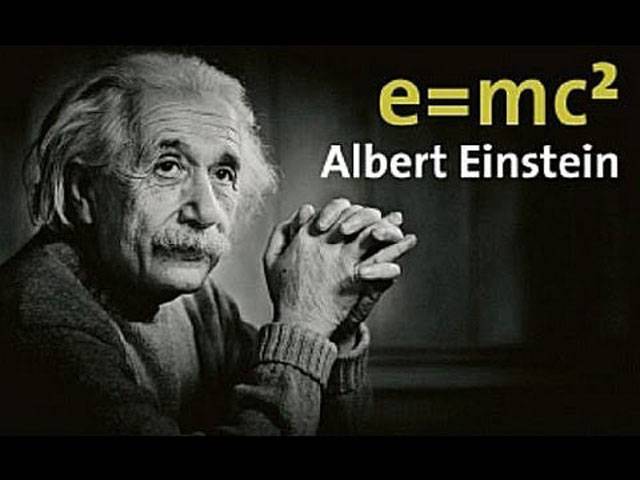MOL
Baltimore
In 1905, Albert Einstein calculated that the speed of light remains at a constant 186,282 miles per second (299,792 km per second) when travelling through a vacuum. While this theory has been accepted for over a century, a controversial new study suggests Einstein was in fact wrong, and that the speed of light is slower than we think. The study was conducted by Baltimore-based physicist, James Franson, who looked at why light particles of supernova SN 1987A arrived 4.7 hours later than expected. The star’s collapse, which was seen from Earth in 1987, triggered a burst of neutrinos - an electrically neutral, weakly interacting elementary subatomic particle. According to Einstein, this should have happened roughly three hours before a burst of optical light - and from that moment on, the pulses should have kept pace, both travelling at the speed of light. However, the optical light arrived roughly 7.7 hours after the neutrinos - or 4.7 hours late. The University of Maryland physicist believes the delay could have been because the light was in fact slowed as it travelled due to something known as ‘vacuum polarisation’. During this phenomenon, photons break down to something known as ‘positrons’ and electrons for a split second. before combining together again. When they split, quantum mechanics creates a gravitational potential between the pair of ‘virtual’ particles. Dr Franson argues that the process might have a gradual impact on the speed of the photon, meaning that over 168,000 light years, the photons may have suffered a near five-hour delay.
If the physicist is correct, it means scientists have to recalculate everything from our distance to the sun to some of the most distant objects seen in other galaxies. Dr Franson’s paper has been submitted to the New Journal of Physics and is currently undergoing peer review.
Sunday, May 26, 2024
New theory proves Einstein was wrong

Caption: New theory proves Einstein was wrong
5 SHOs of capital police transferred
May 26, 2024
Trials for U-23 KP Games end in Malakand
May 26, 2024
Princess Zahra arrives in Chitral
May 26, 2024
Taiwan Escalation
May 26, 2024
Salaries & Pensions
May 26, 2024
Controlling Mobs
May 26, 2024
An Effective Registry
May 25, 2024
Economic Respite
May 25, 2024
History’s Biggest Fraud
May 26, 2024
Self-Medication
May 26, 2024
A Call for Reform
May 26, 2024
Natural Resources in Balochistan
May 25, 2024
Tribal Disputes
May 25, 2024
ePaper - Nawaiwaqt
Advertisement
Nawaiwaqt Group | Copyright © 2024





